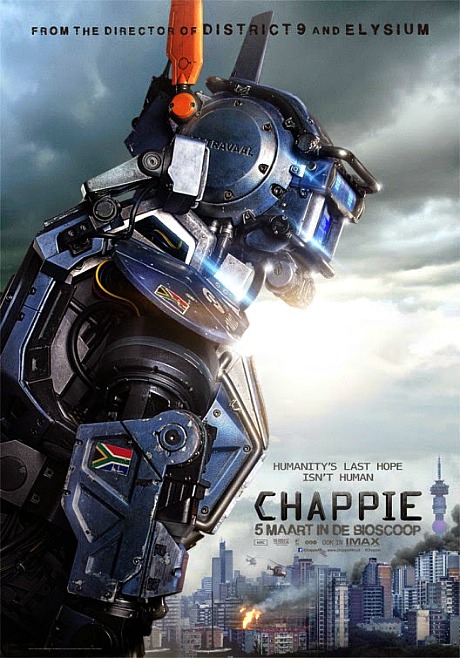Two days ago I posted a riff about how the 3.27 opening of Abel Ferrara‘s Welcome To New York feels a little too late in the cycle. The next day I was informed that the version that IFC/Sundance Selects is releasing theatrically is R-rated and therefore tamer than what was shown in Cannes last May and subsequently on European VOD. The R-rated cut was apparently prepared for Showtime as part of a pay-cable sale and then IFC decided to use it for the theatrical release as well, despite Ferrara’s vehement objections. I got in touch with Ferrara yesterday and he’s agreed to speak with me about it tomorrow. Honestly? If the difference between the R-rated cut and the 2014 Cannes cut largely consists of images of the unclothed Gerard Depardieu, I might be okay with the R version. Update: I guess I’ll just buy the British Bluray (released last October) that contains both versions.


